Argentina offers many different options for tourism due to its huge territory that covers varied climates: from the coasts of the Atlantic Ocean in the east to the Andes mountain range in the west and from the subtropical forests in the far north to the ice sheet of the Antarctic continent in the far south.
Argentina has an important tourist infrastructure throughout the national territory: roads, hotels, travel agencies that offer various alternatives to foreign tourists.
The main tourist attractions are:
Buenos Aires City: It is one of the largest and most cosmopolitan cities in the world and is the main gateway to Argentina. The inhabitants of this city are known as "porteños" due to the influence of the port.
It is a city of immigrant blood that is recognized by its European architecture, its large avenues, beautiful parks, in addition to its lively bars and cafes, theatres, cinemas, cultural centres, museums and football stadiums.
It is the cradle of tango, where there are tango schools or academies to learn to dance it and practice ir, and also milongas and tanguerías with orchestras to simply enjoy it.
The city centre houses the most iconic places in the Argentine capital, such as the Obelisk, the Pink House (Government House) and the Colón Theatre, one of the most important lyrical centres in the world due to its size and technical conditions for music.
Some kilometres away from the city you can also visit the large estancias (ranches), which makes an ideal opportunity to delve into the past of the gauchos riding a horse and tasting a delicious asado (barbecue).
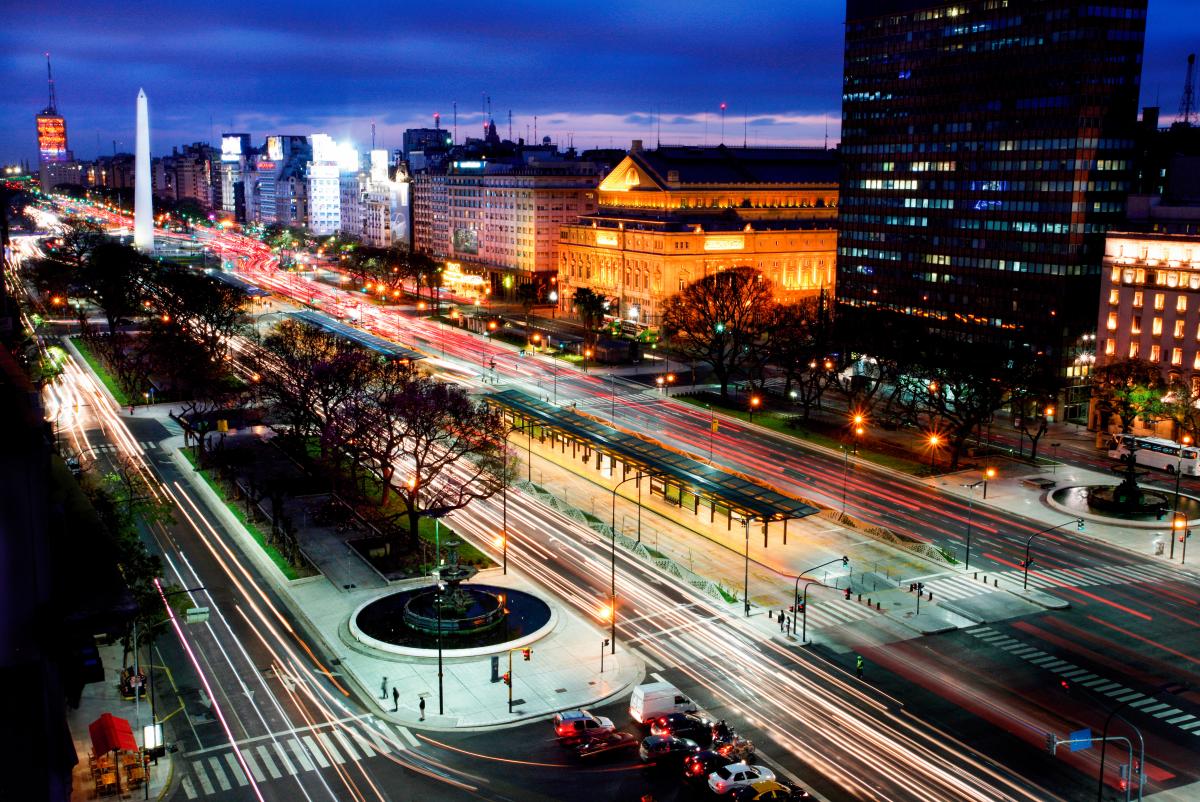
Iguazú Falls: Located in the northeast of Argentina, on the border between Argentina and Brazil, these stunning waterfalls sprawl over a 200,000-hectare natural park. They are 4 km wide and are composed of 275 waterfalls. They are one of the world’s “seven natural wonders”.
This landscape is surrounded by the subtropical jungle, characterized by its virgin vegetation, deep rivers, wild fauna and vestiges of Jesuit missions.
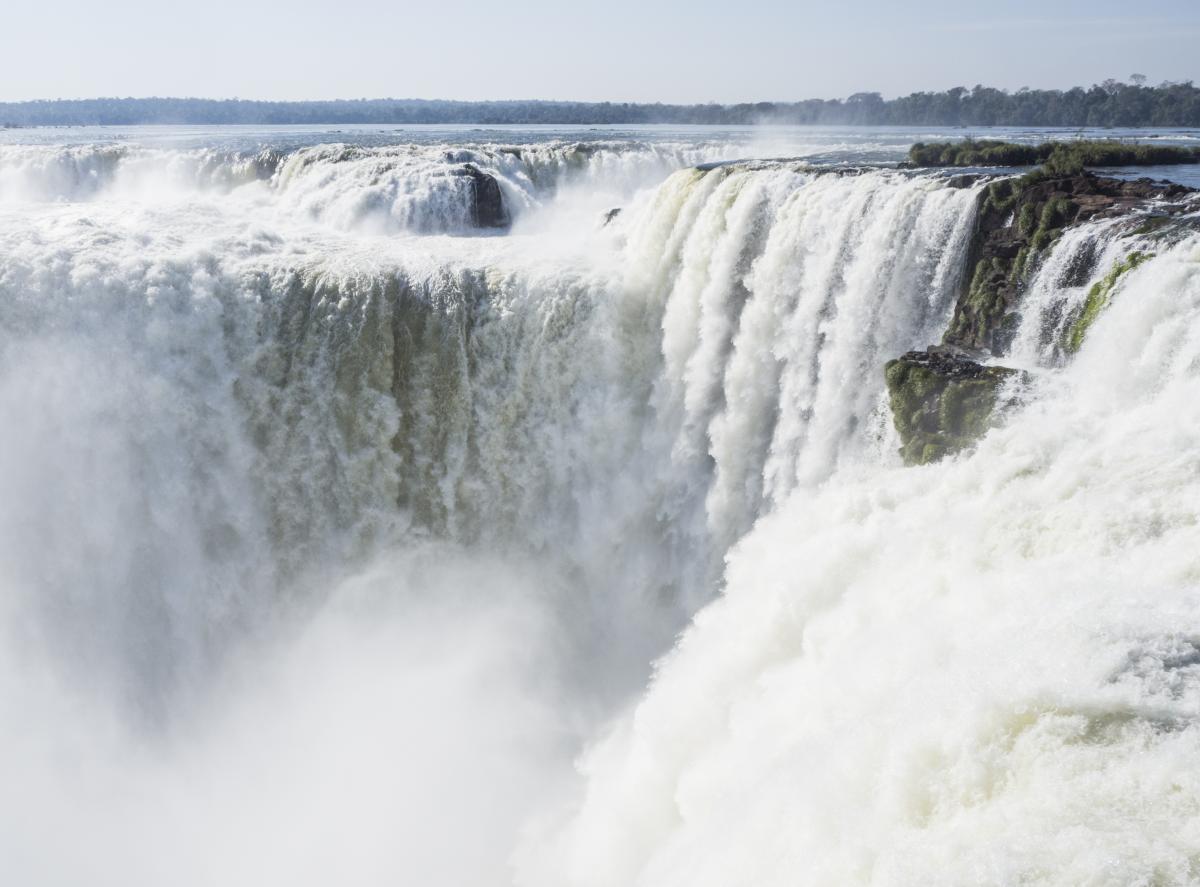
Los Glaciares National Park: Declared a World Heritage Site by UNESCO, it consists of a world of glaciers that are scattered among landscapes of mountains, lakes and native forests. It is the largest frozen area in the world after Antarctica.
The most famous within the park is the Perito Moreno Glacier, which can be admired from the walkways, through boat trips or even trekking on the glacier itself.

Ushuaia: Known as "the end of the world", it is the southernmost city on the planet, a starting point for boat trips that take tourists to Antarctica.
In addition to touring this beautiful city, visitors can do countless activities in its surroundings, such as sailing on the Beagle Channel, hiking through snow-capped mountains, visiting penguin and sea lion colonies, and skiing during the winter.
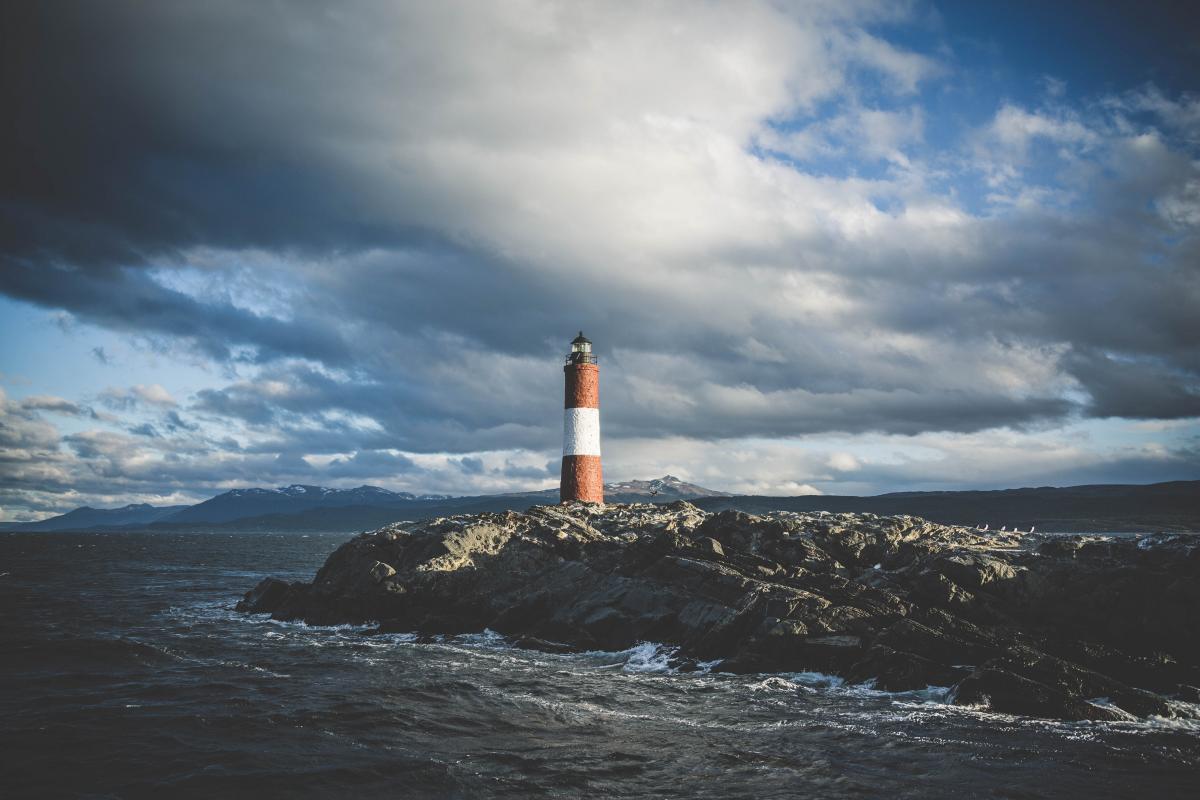
Seven Lakes region: This region offers mountains separated by enchanting valleys, landscapes of pine trees, clear water lakes, natural parks, snow in winter and beautiful villages.
The main tourist locations are Bariloche, Villa la Angostura and San Martín de los Andes, and one of the most recommended tours is the Route of the Seven Lakes, which connects Bariloche with San Martín de los Andes.
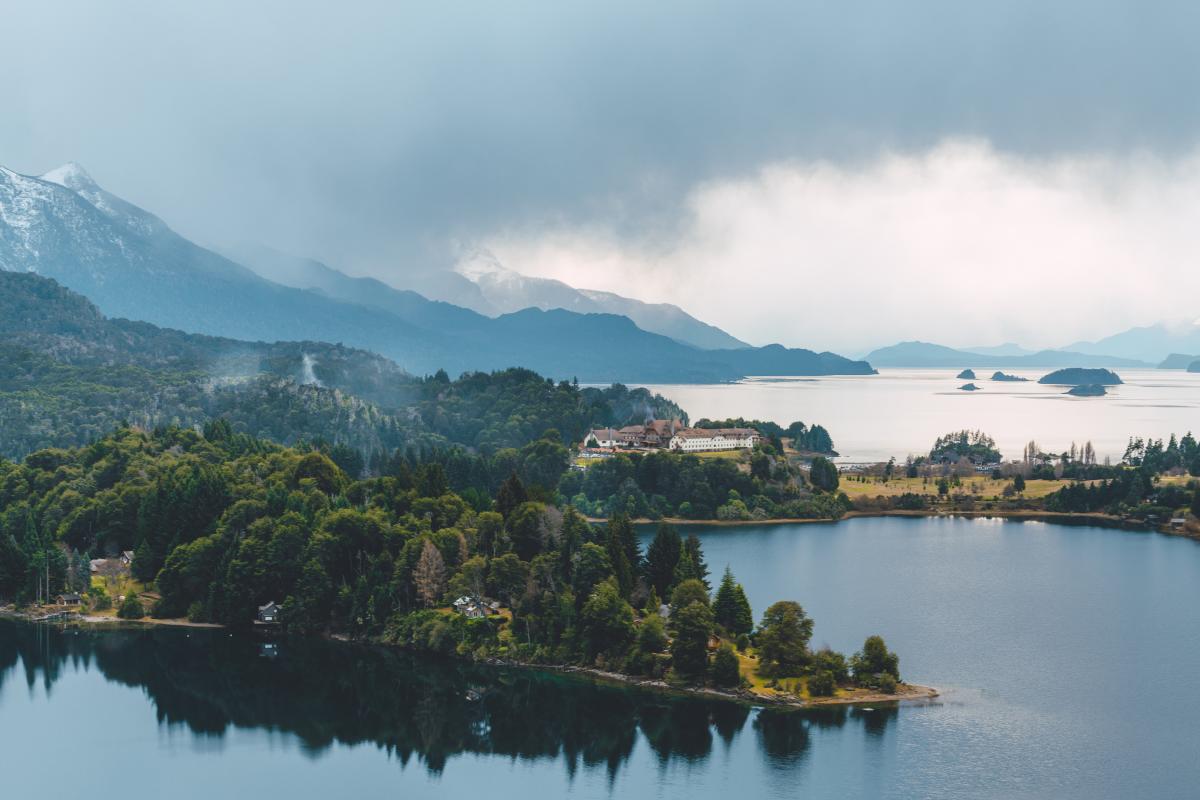
Valdés Peninsula: Located on the Argentine coast on the Atlantic Ocean in northern Patagonia, this peninsula is characterized by its biodiversity and fauna. The largest town where most tourists stay is Puerto Madryn.
Some of the main attractions in this Peninsula are whale-watching from June to November, as well as swimming with sea lions, visiting penguin reserves, and spotting condors, deers and guanacos.

Northwest: This region offers numerous dazzling moon-like landscapes such as highlands, ravines, salt flats, deserts with llamas, vicuñas and guanacos. One of the most popular attractions is the Train to the Clouds, in Salta province.
In addition to colourful landscapes, this corner of Argentina also captivates the tourists with music, religion and crafts from the Inca culture, as well as colonial relics and archaeological sites.
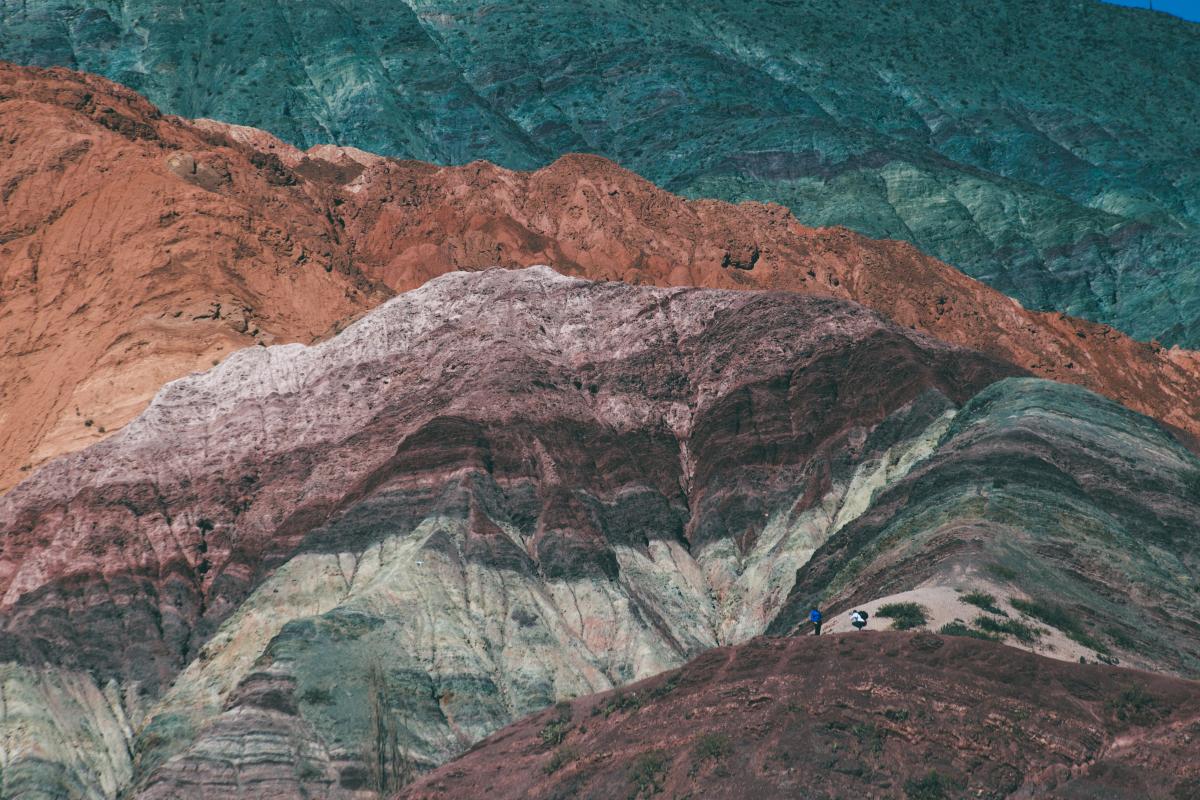
Mendoza: This province is known for its viticulture and is home to some of the most prestigious wineries in the world, which tourists can visit along the “wine route”.
It also houses the imposing landscape of the high peaks of the Andes covered with snow, which can be appreciated -for example- by visiting the base of Aconcagua mountain, the highest in the Americas.
This province also offers other alternatives such as rafting, hot springs and the famous Las Leñas ski resort.
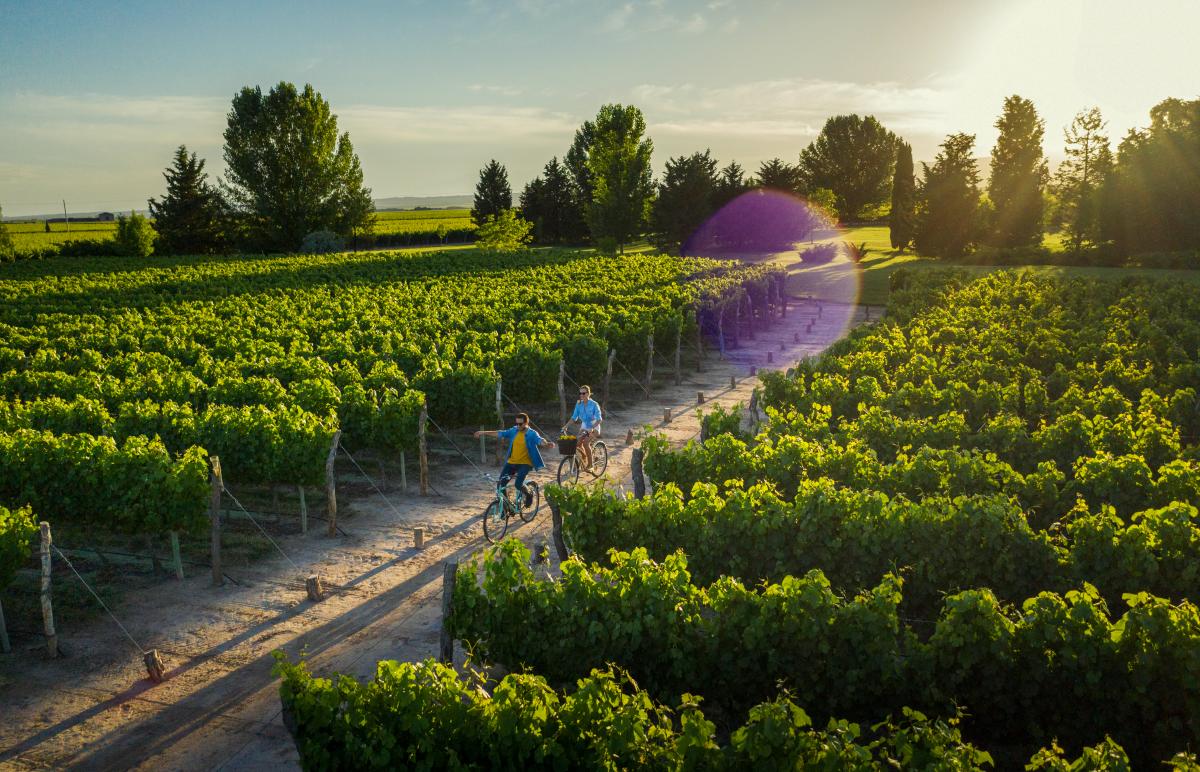
Argentina is one of the few places in the world where you can travel from the coast to the mountains, from lush jungles to icy polar lands, in a few hours and without leaving the country. Options for tourists are as wide as watching a football match on a hot sunny afternoon and then going skiing in the Andes.
The traveler can always count on good accommodation and services.
Perhaps this is why Argentina is the most visited country in South America and the fourth most visited in the Americas.
Photo credits: @VisitArgentina / Ministry of Tourism and Sports
***
More information:
www.argentina.travel [Tourism promotion website administered by the Ministry of Tourism and Sports]
@visitarg [Visit Argentina Facebook fanpage administered by the Ministry of Tourism and Sports]
www.camaradeturismo.org.ar [Argentine Tourism Chamber website]
www.aaovyt.com.ar [Argentine Association of Tour Operators website]

